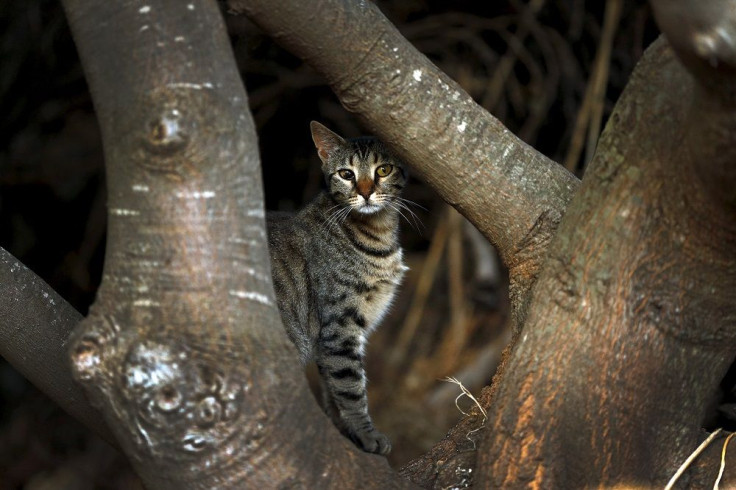Feral cats one of biggest contributors to sixth mass extinction

To protect the Night Parrot, Australia has targeted to kill 20 million feral cats. The decision is apparently in the right direction because a global analysis published in the Proceedings of the National Academies of Sciences blames the animal for driving at least 63 species of birds, mammals and reptiles into extinction the past 500 years.
Feral cats, though, are less harmful than rodents which are linked to the extinction of 75 species. Dogs, meanwhile, are responsible for the extinction of a dozen species.
Tim Doherty, of Deakin University in Australia, is seeking the holding of a wider study to document the effect of introduced predators on a global scale. He says a worldwide assessment across all regions and predator species would provide scientists with information to allow them to determine the impact of invasive predators across predators, prey species and geographic locations.
Data from the International Union for Conservation of Nature’s Red List named the predators as rodents, cats, dogs, pigs, red foxes and small Indian mongooses. These invasive predators contributed to at least 87 bird, 45 mammal and 10 reptile extinctions, or over 50 percent of all known extinctions in those groups. Meanwhile, carnivores are threatening 596 species, reports Gizmodo.
New Zealand targets to eradicate by 2050 all introduced predators, including rats, possums, stoats, ferrets and feral cats. Meanwhile, the US Centers for Disease Control and Prevention warns that cuddling kittens could be dangerous to the health for humans.
The health agency held a large-scale survey of the cat-borne bacterial disease, cat scratch fever, and found the impact and scope of the potentially fatal disease is bigger than initially thought, reports The Telegraph. Cat scratch fever causes fever, pustules and complications could kill people in extreme cases.
Doctors advise cat lovers to wash hands after touching the animal and avoid kissing it when possible. They also told cat owners to have their pets protected from fleas.
VIDEO: Feral Cats
Source: The Humane Society of the United States





















